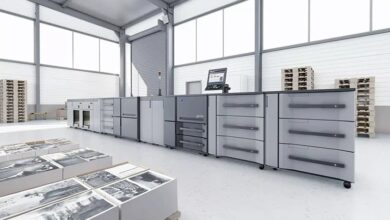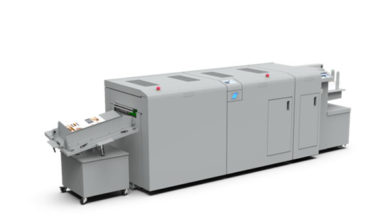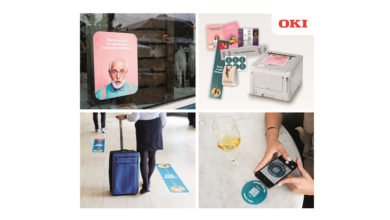POLAR Presents Compucut GO for an Easy Automation
POLAR Compucut GO is a simple automation solution in the field of cutting. It automatically converts the digital sheet layout into a cutting program which is then transferred to a POLAR cutting machine. This eliminates the programming time spent at the guillotine type cutter.
POLAR Compucut is the state-of-the-art software for setting up cutting programs. This software benefits from POLAR’s enormous cutting know-how and experience gained over more than 25 years.
In Compucut GO, POLAR is now offering an additional version of this workflow software. Both versions are based on identical cutting rules, but Compucut GO is reduced to the basics. Designed according to the motto “Plug and Cut“, there is no need to even install the software, as it runs on the medium which is installed on a computer. The PC is integrated into the network and therefore connects the prepress stage to the guillotine type cutter.
At the prepress stage, the digital sheet layout is stored as a PPF or JDF file. This file is then placed into the Hot Folder which is regularly checked by Compucut GO. Every time Compucut GO detects a new file, it starts processing it right away. Based on a strictly defined sequence of initial cuts it sets up the cutting program and sends it immediately to the memory of the machine. In contrast to the standard Compucut program, the GO version works solely in automatic mode.
Consequently, due to the automated work flow, there is no need for the operator to intervene manually. Compucut GO therefore has no user interface at all. This additional Compucut version is available for all of the POLAR D PLUS cutting machines and POLAR N PLUS high-speed cutters. The software will be delivered as from December 2017.
Compared to the GO version, the standard Compucut program offers many more features. In manual operation, for example, the program allows the sheet to be modified. This can be particularly beneficial, if you do not cut a section, but wish to keep the sheet whole and finish it. While only one machine can be connected to the GO version, there is no limit to the machines connected to a classic Compucut system.
You can not only integrate several machines, but also include an external cutting program database. There is an option for configuring each machine with the existing special options. Another highlight of the classic version is the preview, which enables the operator to view a soft copy of the printed sheet.

.gif)



